How To Clean Acrylic Watch Band
With the New Year beginning, and many of our watches undoubtedly needing a good sprucing up, we at WatchTime spoke with a few watch and watch-strap cleaning experts, to help our readers keep their wristwear shining in a few easy steps at home. We spoke with Michael Ryan, Vice President of Watches of Switzerland for Wynn Resorts; Ruediger Albers, President of Wempe US; and Claire Humen, Technical Director and Production Manager for Jean Rousseau US, all of whom lead brands that have helped clean and service innumerable amounts of watches and watch straps. Collectively, let's say they know a thing or two about how best to approach the task.
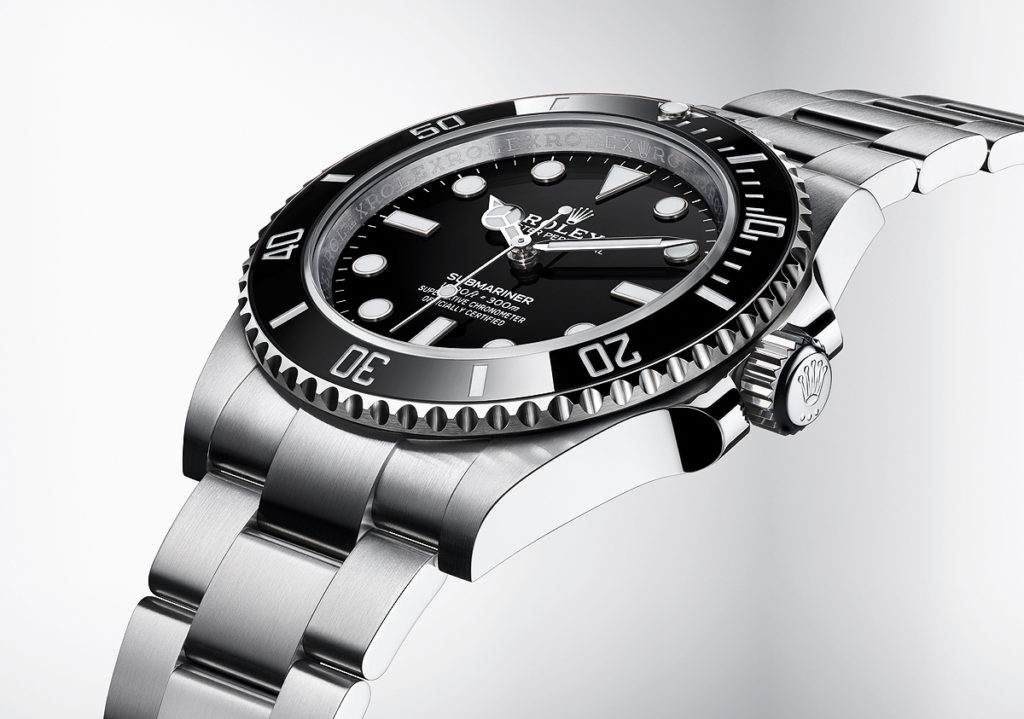
If Your Watch is Water-Resistant (Approximately 50 meters and above):
The most typical watch to clean is one with a good water resistance, think approximately 50 meters and above (such as the new Rolex Submariner, pictured above). Any lower than this and you will want to take some special considerations while cleaning, but by and large most watches offer some degree of water resistance. Also, if your watch's bracelet is water resistant — i.e., metal or rubber — you can keep it attached and clean it along with the watch, though if the bracelet lacks water resistance (think leather), remove the strap and clean it separately.
The equipment you'll need will be a gentle soap (such as hand soap or Dawn-brand dish soap), warm water, a bowl, a small, soft brush (such as a soft toothbrush), a protected cleaning area (such as over a layered towel), and a dry microfiber cloth. The process is as follows:
- Fill the bowl with warm water and a small amount of soap to create a gentle soapy solution.
- Dip the brush in the solution, and gently brush the watch to clean. If your watch is made of a precious metal (such as gold), you will want to use either an extra-soft brush, microfiber cloth, or just your hands to avoid damaging the softer material.
- Once cleaned, gently rinse the watch with non-soapy water. If your watch is moderately water resistant (50 meters to 100 meters) you can accomplish this via a quick dip, if your watch has an excellent water resistance (such as those at 100 meters and above), Albers noted you could rinse the watch directly under a running faucet which can help you flush out any remaining debris.
- Dry the watch completely using a soft microfiber cloth.

If Your Watch Has Little or No Water Resistance (Approximately 30 meters and below):
If you have a watch with little to no water resistance, usually defined as 30 meters or less (such as the Patek Philippe Calatrava or A. Lange & Söhne Saxonia, pictured above), then it is important to take special precautions to protect your watch during cleaning. Albers recommends using "a soft, maybe [lightly] damp cloth" to clean, but to avoid submerging the piece lest you cause "significant damage" to the timepiece. Ryan recommends cleaning a watch without water resistance using only "a dry soft toothbrush" to physically brush up any debris, and then to "clean it up with a cloth."

How to Clean Your Watch Strap or Bracelet:
Now that your watch is clean, you should also clean the bracelet it is strapped on, too. Like the watch itself, when cleaning a bracelet you should consider its water resistance, age, material construction, etc., all of which will help you determine how to best clean it. Water resistance continues to take the cake in terms of importance, so if either your bracelet or watch are water resistant, but not both, then you should separate the two and clean them accordingly.
For a more durable bracelet — such as one constructed from steel, titanium, or rubber — Albers recommends using a soft brush with a gentle soap and water to clean the clasp and bracelet, possibly even running the bracelet under a faucet to flush out any debris.
For more precious metals, such as gold or platinum, Ryan recommends cleaning the bracelet with just your hands, or if available opting for an extra soft brush, as a too rigid brush can scratch the metal. In addition, Ryan recommends using a gentle hand soap or Dawn-brand dish soap with warm water to rinse, then drying with a soft microfiber cloth.

However, if your bracelet is constructed of something much less water-resistant — leather, for example — then you will need to use a gentler cleaning process.
Claire Humen, the Technical Director and Production Manager for Jean Rousseau US — a French-heritage luxury strap maker based in New York City — recommends addressing the surface debris first. "It is best to clean the surface of any dust, dirt, etc. with a very slight damp cloth. This should be done without rubbing hard, and is acceptable on leather like alligator, shark, grain calf."
Humen went on to tell us that extra care should be used when approaching leathers that are super matte or dyed with tannins, "as they are naturally more susceptible to absorbing natural oils and water from a too damp cloth." For these, she recommends, use only a lightly damp cloth or a dry microfiber cloth. Some leathers that qualify here are Jean Rousseau's interesting salmon leather straps, vegetable calf, and ostrich. Ultimately, she told us, "it's a good idea to maintain the surface of your strap by wiping it so every so often to prevent any hard to remove dirt from settling," which is good advice not only for your luxury leather strap, but for metal bracelets and the watch itself.
Jean Rousseau also offers a strap care kit to help rejuvenate its leather, which the company tells us adds "life back into your strap, brightening its color and suppleness." The kit includes a cream, cloth applicator, and water-resistant spray, all of which should be applied to the strap on a clean surface. Humen told us that some Jean Rousseau straps, like the water-resistant alligator, is already developed with these protective layers infused into the leather fibers so they wouldn't require this treatment.
Above all, Humen stressed to us that "alcohol, a wet cloth, soap, and the force of rubbing should never be tried on your strap" if it is to be maintained in its best shape for years to come.
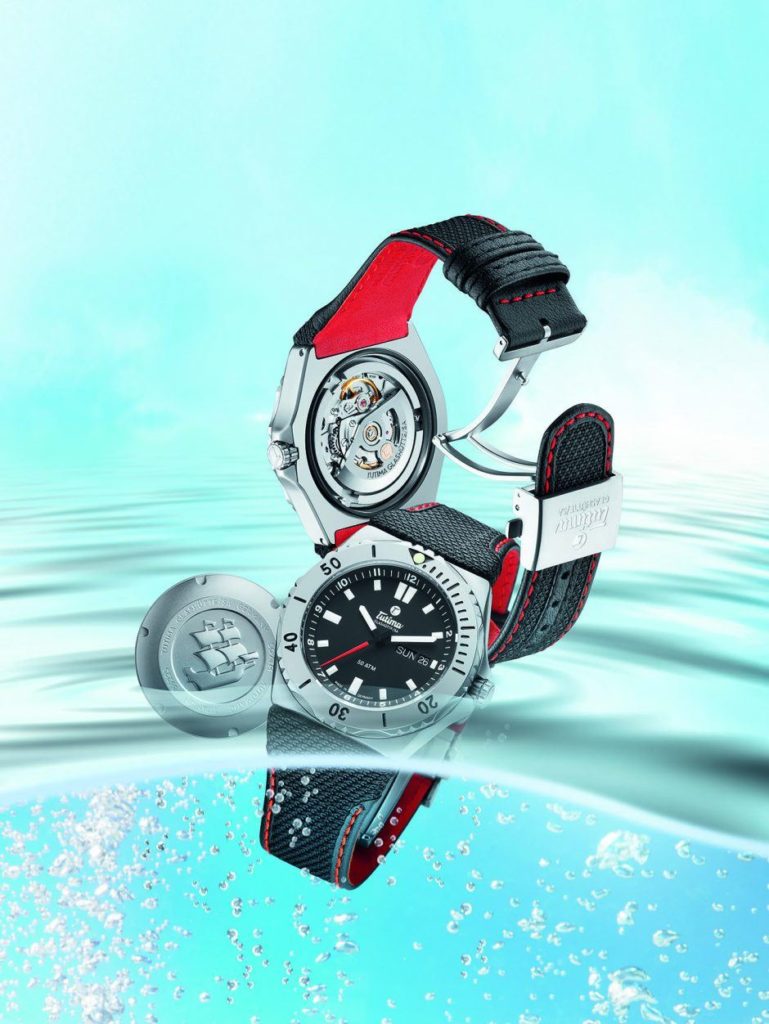
Some Very Important Considerations Before Cleaning:
While from the instructions above it might seem quite easy to clean a watch and strap (and it is), there are some important factors to think about before you launch into the task. So, before you grab your scrubber and soap, here are some things to think about.
As you may have guessed, the far most important consideration is knowing the water resistance of your watch. If your watch lacks water resistance, such as a vintage dress watch or a more fragile chronograph, you will need to clean it differently than a modern, professional dive watch or even a moderately water-resistant piece such as a field watch. Every expert we spoke to stressed the importance of this factor, as the entrance of even a small amount water and soap into the case can quickly devastate a watch.
Along these lines, before you begin cleaning, Albers recommends double checking that the crown of your watch is pushed or screwed in completely, he also recommends not operating the pushers on the side of the case during cleaning if the watch is a chronograph, as having an unsealed case, via an open crown or moving pushers, reduces the overall security of the watch against water.
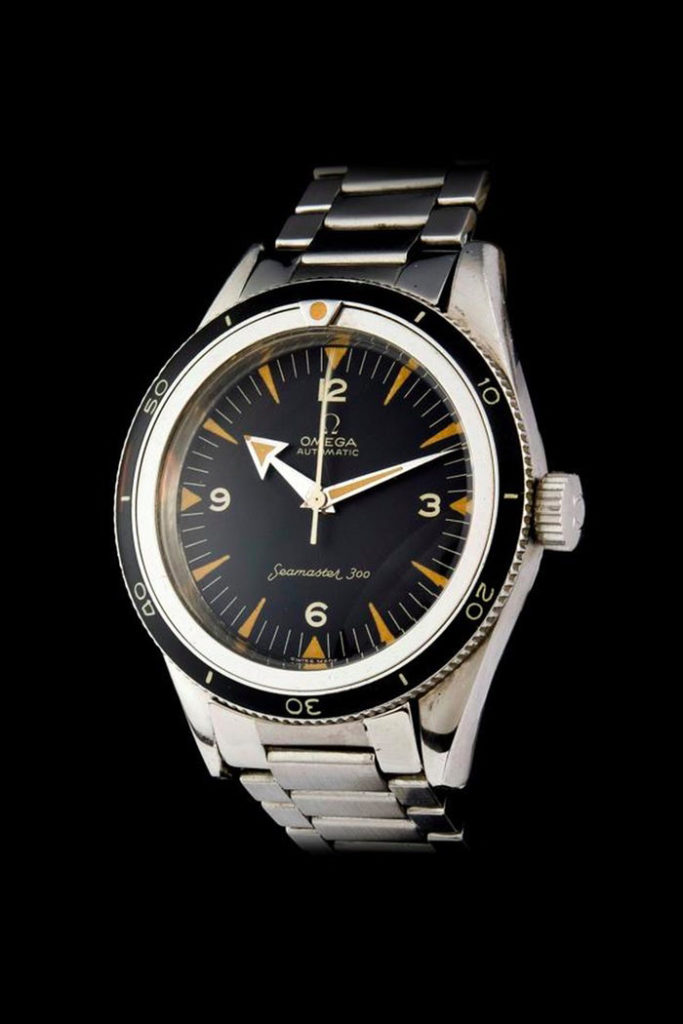
The next two considerations to think about are the age of the timepiece and its last servicing date. Both of these factors contribute to the effective water resistance of a watch, as older pieces and those that have gone a long time without servicing will have diminished water resistance as a result of aging and drying gaskets.
Ryan told us that "gaskets will dry out in several years, making them brittle and if they crack moisture can get inside and rust your movement. A timepiece has a crystal, caseback, crown, [and] tube and some also have pusher gaskets, and if one of them fails because they are old and dry, moisture can damage your timepiece." He went on to tell us that harsh chemicals can also affect the gaskets, which is why Watches of Switzerland recommends using only mild soap at home for cleaning, like Dawn brand dish soap or a hand soap, rather than a more heavy-duty cleaner. Both Albers and Ryan recommend knowing the last service date of a watch, and if you have a concern over the effective water resistance of your watch to have it inspected by a reputable watchmaker.
The third important consideration is knowing the materials of the watch, the watch crystal, and the watch strap. Ryan told us that "the brush you use on stainless steel can scratch the shiny gold finish on a precious metal timepiece," so while you should use a soft brush to clean a steel or titanium timepiece, you'll want to opt towards an ultra-soft brush, microfiber cloth, or even just your hands while cleaning something constructed of precious metals. For more uncommon material case constructions, such as bronze, carbon fiber, or one of the many other natural and upcycled material options, Ryan suggests contacting the dealer you purchased from or manufacturer to learn how best to clean the watch in question.

Ryan also mentioned that a hesalite or acrylic crystal — found most often on vintage timepieces — can easily scratch as compared to something more durable like sapphire, so you will want to opt away from abrasive brushes while cleaning these facets, and again opt towards something very soft like a microfiber cloth or your hands.
The final consideration when cleaning your watch at home is to clean over a protected surface. Ryan stressed that watches become quite slippery while cleaning, and if your timepiece accidentally falls out of your hands and onto a hard surface then it can quickly become damaged. A good way to avoid this is by cleaning over a layered towel, which will help catch water and any potential slips.

When to Call an Expert:
All watches are different, and that is why it is always best to consult your watch dealer or the manufacturer on how best to clean your watch before undertaking the task.
However, if while cleaning you notice lasting condensation or even tiny drops of water underneath the crystal, Albers recommends you "visit your local jeweler immediately" — as in the same day — as it can indicate a watch has been compromised with water and can quickly damage the internal components. Albers does note that a very small amount of temporary condensation seen underneath the crystal may be normal, especially when there are dramatic temperature changes put on the watch. However, if the condensation persists then the watch should be opened by a professional jeweler as soon as possible "to air out … and prevent further damage."
Additionally, all watches require regular servicing from time to time. Some brands recommend servicing once a year, others every two years, some every three years or more, so it's best to consult your dealer and watch brand directly on how often to have your watch professionally serviced and checked for water resistance.

Benefits to Regularly Cleaning Your Watch:
The benefits of cleaning your watch and its strap at home are twofold. The most obvious is to reduce any debris that may have found itself on the timepiece, whether that be hair, oil, dust, or dirt, all of which not only reduce the quality of the intended look of the watch, but could also damage the various sealants, gaskets, and finishing on the watch and its accompanying bracelet. While serious deep cleans during servicing are great, nobody has their watch serviced every week, so it pays to keep up with the regular maintenance a watch needs yourself.
The other, and possibly more relevant for this year, is to reduce the chances your watch can itself become a vehicle for the transmission of the coronavirus and other pathogens, both to yourself and to others. The COVID-19 pandemic has become a fact of life for us all. As a result, keeping your person and belongings clean has gained a newfound prominence in everyday life. The wristwatch — which for many has long been one of the least cleaned and most used items in their possessions — is consequently not immune from becoming a vector for both grime and the virus. As a result, cleaning your watch, now more than ever, has become a necessary routine as part of your regular personal hygiene.
To learn more about what Wempe recommends for cleaning your watch at home, click here.
To learn more about Watches of Switzerland's professional servicing options, click here.
And to learn more about Jean Rousseau's recommendations for strap care, click here.
How To Clean Acrylic Watch Band
Source: https://www.watchtime.com/featured/watch-collecting-101-how-to-clean-your-watch-and-strap-at-home/
Posted by: mosleylerning.blogspot.com

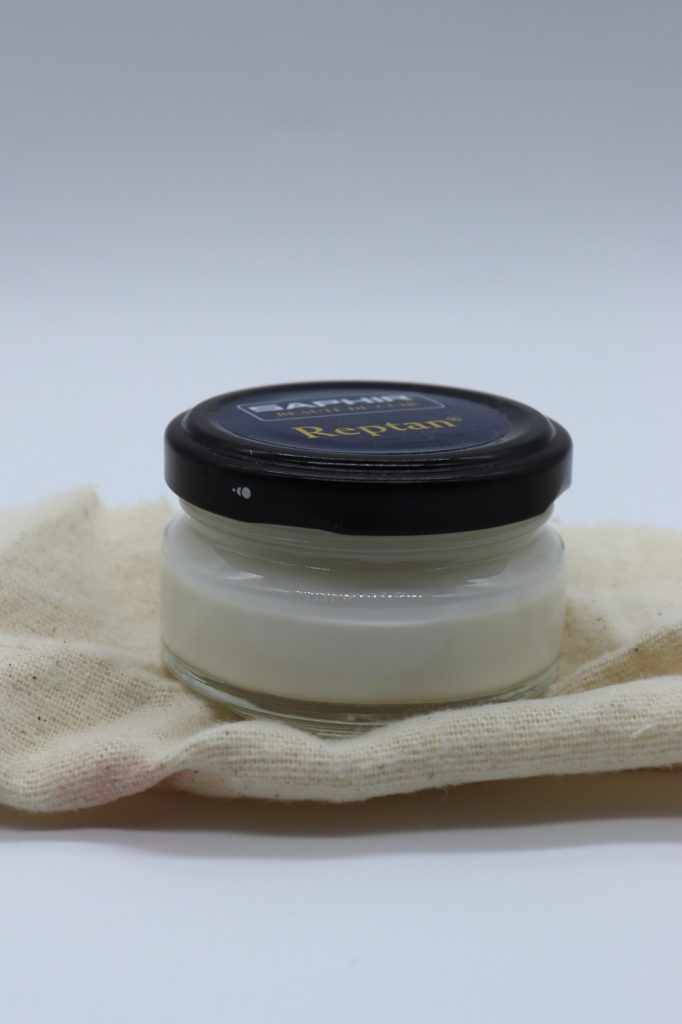
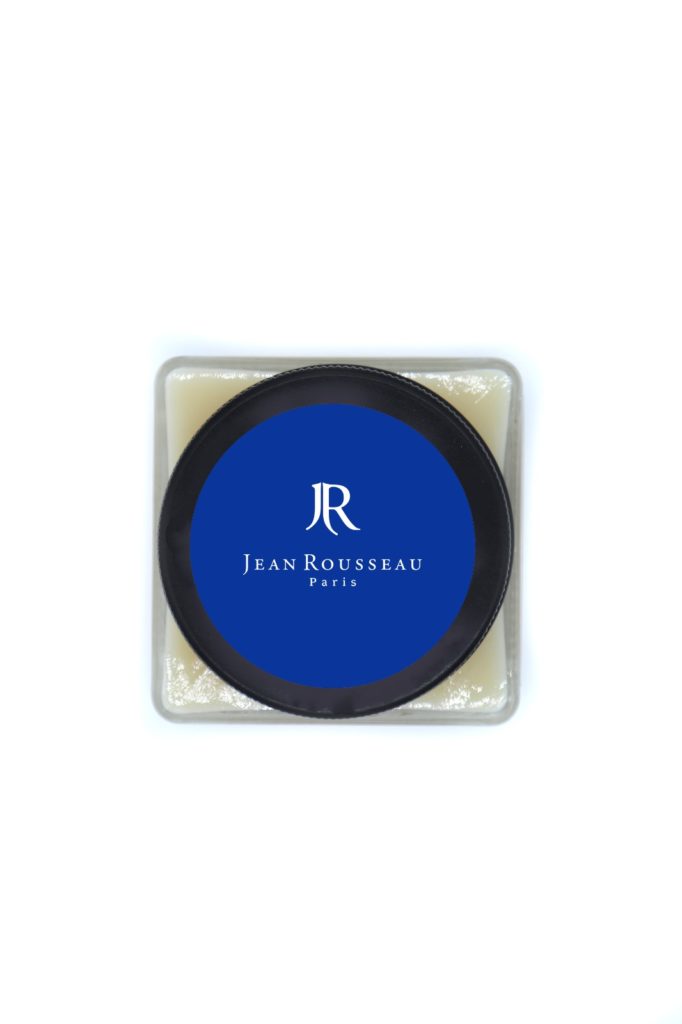
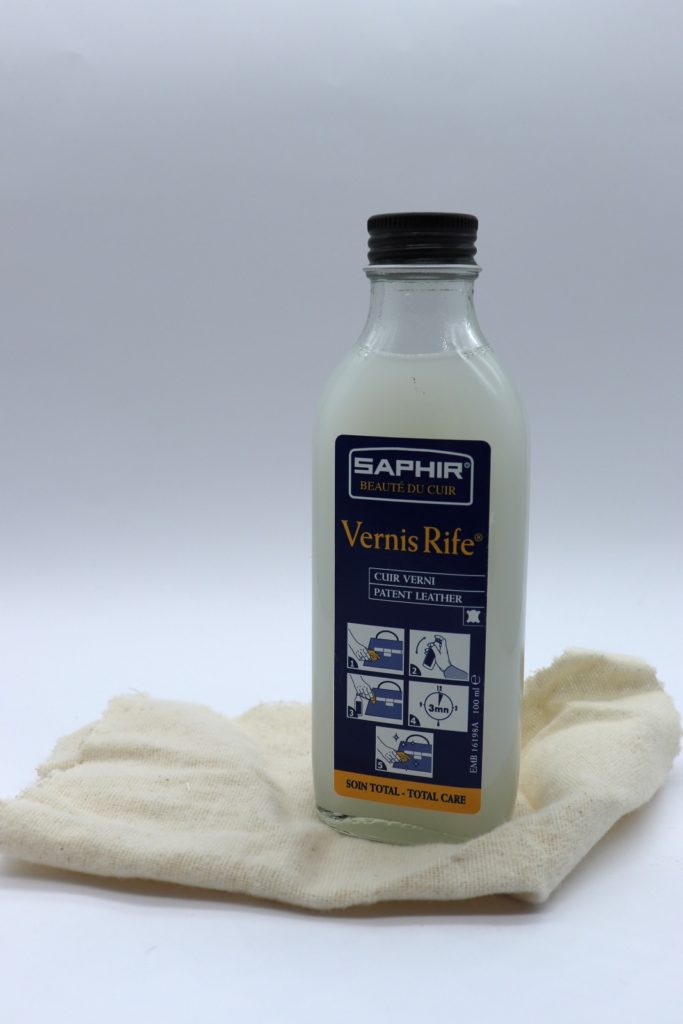


0 Response to "How To Clean Acrylic Watch Band"
Post a Comment